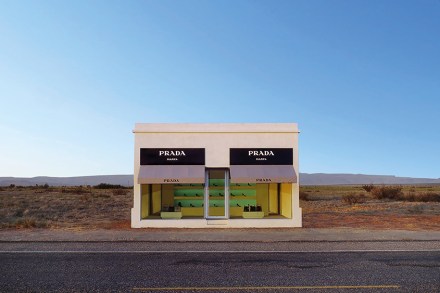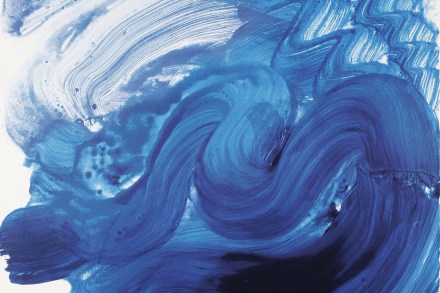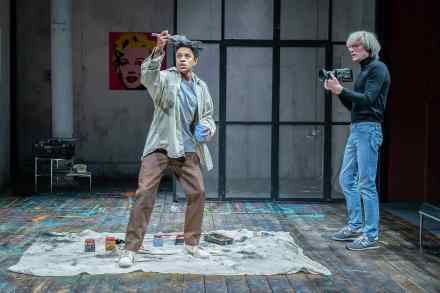Warhol, Rauschenberg, Johns and Tinguely all started out as window dressers
Christmas, and in every city already crowds congregate around the festive department store displays in defiance of the apparent disappearance of the ‘high street’. For despite digital merchandising and online delivery, adults as much as children delight in this annual extravaganza, and such windows prove more popular than ever precisely because they cannot be enjoyed other than physically, in person. For many, these windows remain an indelible early metropolitan memory and perhaps the first experience of a work of visual art, something specifically conjured to arrest the attention, intrigue and entertain. The performance artist Martina Morger likes to lick those delicious luxury Paris store windows And now just in time





